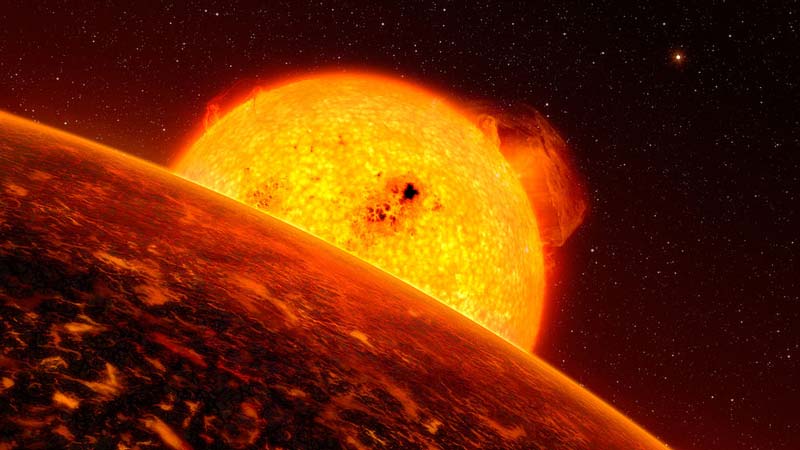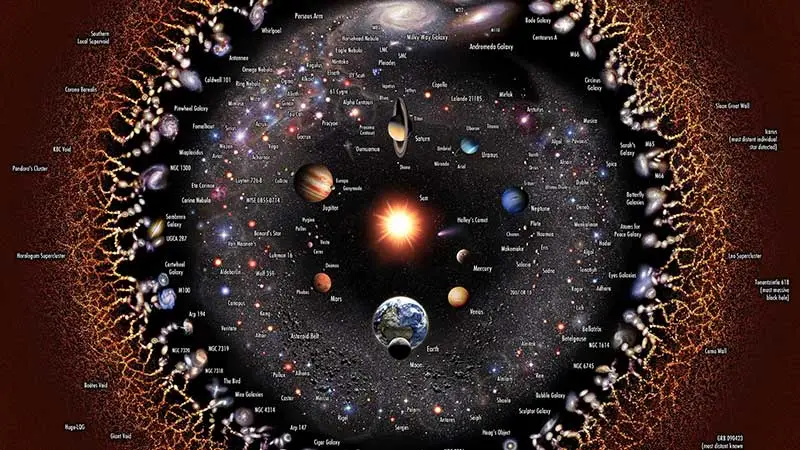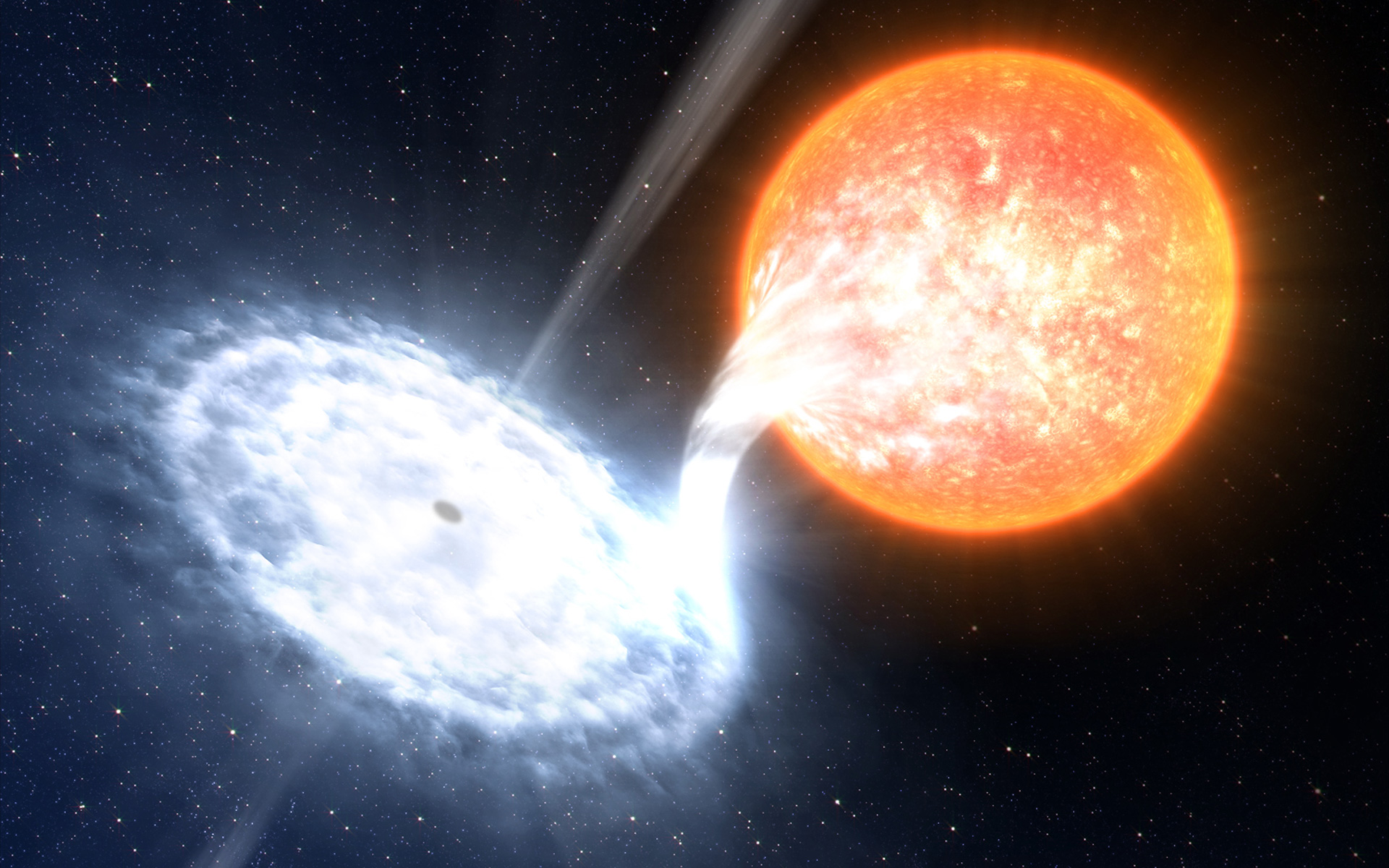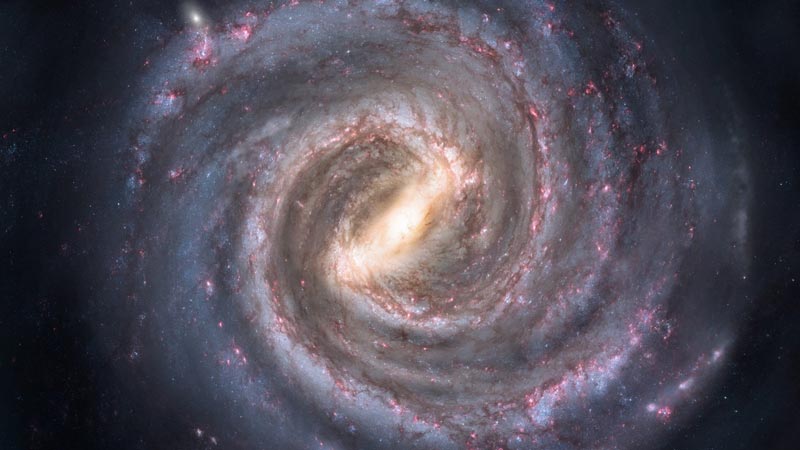Table of Contents

NASA Solar System Ambassador,
Astronomical League Master of Outreach,
Cruise ship speaker on Astronomy & space science,
Amateur astronomer and photographer for 50 years
Let’s start with the unfair assumption that we’re only considering life as we know it, which requires water. It’s quite possible there are many other types of life, but those would be speculative, and this discussion will focus on life as we understand it today.
We’ll further assume life is most likely to be found in the habitable, or “Goldilocks” zone around the star, as well as perhaps in subsurface oceans on moons of ice or gas giants.
We’ll further assume that intelligent life probably takes several billion years to evolve on any given planet, if at all. After all, it took 4 billion years to appear here on Earth.
How are Stars Classified?
Stars are grouped into 7 classes based on temperature. The hotter a star is, the shorter its life a hot O class star live and die in 10 million years, whereas a cool M class red dwarf could live a trillion years.
The classifications are OBAFGKM, which can be remembered with the mnemonic: ‘Oh be a fine girl/guy, kiss me’.
O and B Class Stars

Class O and B stars are the hottest stars, typically blue in color. A well-known example of a Class O star is Alnitak, the left-most star in Orion’s belt. Regulus in Leo is an example of a class B star. They have the shortest life spans, from 10 to 100 million years. Rare in our galaxy, they represent less than 1% of known stars.
Conclusion: too rare and short-lived for intelligent life to appear.
A Class Stars

Class A stars are very hot stars, typically bluish-white in color. Examples include Vega and Sirius. They also have shorter life spans, typically less than 1 billion years. Also rare in our galaxy, they represent less than 1% of known stars.
Conclusion: too rare and short-lived for intelligent life to appear.
F Class Stars

Class F stars are intermediate temperature stars, typically white in color. An example of a class F star is Procyon, the brightest star in Canis Minor. They have a medium life span, we believe typically less than 4 billion years. Slightly more common, but still relatively rare in our galaxy, they represent about 3% of known stars.
Conclusion: Possible they could host life, but have a relatively short lived period of stability for intelligent life to appear.
G Class Stars

Our Sun is a class G star. Fortunately for us, class G stars have a moderately long life span, about 10 billion years. More abundant than all the hotter types combined, they represent 7% of known stars.
Conclusion: Works for us! But is this type the most favorable for life?
K Class Stars

Class K stars are cooler stars, typically orange in color. An example is Pollux, one of the bright twins in Gemini. They have much longer life spans, up to 50 billion years. Relatively abundant, they represent 13% of known stars. So compared stars like our Sun, class K stars are stable 5x longer and they are twice as abundant in the galaxy.
Conclusion: Very favorable for life
M Class Stars

Class M stars are by far the coolest, and are red in color. The closest star to our Sun, Proxima Centauri, is a red dwarf. They have by far the longest life spans, up to a trillion years! Not only that, they are by the most abundant, representing 77% of known stars. So are Class M stars the winners? Are they most likely to host life?
Actually, no. Class M stars tend to emit high levels of x-ray and gamma radiation into their habitable zones, because those habitable zones are so close to the star. Astronomers believe they also tend to have more energetic solar activity that would impact the habitable zone. So despite being so long-lived and abundant, perhaps they are not the best suited stars for life.
So you see our conclusion: K class stars may be the winners! This suggests SETI and exoplanet search might be best-served to focus on K class stars. If an alien spacecraft lands on your front lawn and something comes out, you can ask them if I’m right!
References
- Cover image was created by the European Southern Observatory (ESO) licenced under a Creative Commons Attribution 4.0 International License
- Star images with creative commons licenses: https://snappygoat.com/s/?q=bestof%3Alens+flare+light+abstract+flare+lens+star+sun+shine+energy+burst+beam+effect+beautiful+glow+bright+solar+blue+ray+space+backdrop
- https://commons.wikimedia.org/wiki/File:Giant_White_Star_2.png





